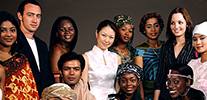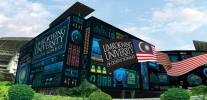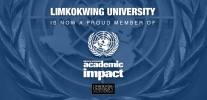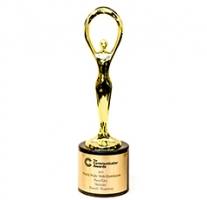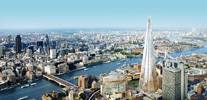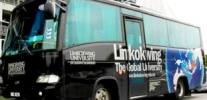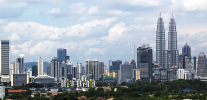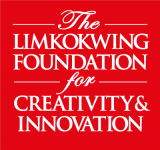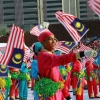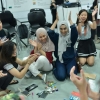
Rwanda has had a unified state since before the colonial times unlike many other countries in Africa. It is populated by the Banyarwanda people who share a single language and cultural heritage.
Ethnicity, Language & Religion
Rwanda has three main ethnic groups, namely Hutu, Tutsi and the Twa. All tribes speak the same local language and share the same cultural heritage.
Kinyarwanda is spoken by 93.2% of Rwandans, English 0.1%, French 0.1%, Kiswahili 0.02% and other 0.3%.
Christianity is the dominant religion in Rwanda. Roman Catholics constitute 49.5% of Rwandans, Protestant 39.4%, other Christians 4.5%, Muslims 1.8%, animist 0.1%, other 0.6%, none 3.6%.
Music, Dance and Drama
Music, dance and drama play a great role in the traditions of Rwandan people. Performances range from humorous dance styles and lyrics to artistry stemming from traditional agricultural roots.
Festive dances are often backed by an ‘orchestra’ of drums, with up to nine players providing the beat. Drums are usually a set of nine and they have a soprano, tenor, alto, two baritones, two bass and two double bass.
One of the oldest Rwandan music and dance groups is the Intore Dance Troupe which performs across the country and also at the National Museum in Huye (Butare). A more modern form of Rwandan music is the upbeat and harmonious devotional singing that can be heard at any church service around the country.
Arts and Crafts
Traditional arts and crafts such as clay pots, woven papyrus mats and baskets, jewellery, art pictorials, wood carvings are produced throughout Rwanda. The common craft villages include Ivuka Arts Centre, Rwanda Nziza and Caplaki Craft Village.
The south-eastern part is famous for its Imigongo – a mixture of cow dung and various natural coloured soils painted into decorative folds to make various shapes and designs.
Economy
Rwanda’s economy is mainly dependent on agriculture with about 35% of the population engaged in subsistence farming, and some in mineral and agro-processing. Tourism, minerals, coffee, and tea are Rwanda’s main sources of foreign exchange.
According to the World Factbook, the Rwandan Government is seeking to become a regional leader in information and communication technologies.
In 2016, the government launched an online system to give investors information about public land and its suitability for agricultural development.
This article is part of a series highlighting the unique cultures featured in the recently concluded Limkokwing International Cultural Festival 2017.

